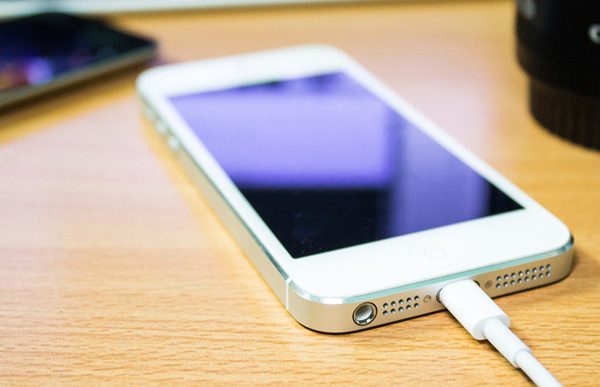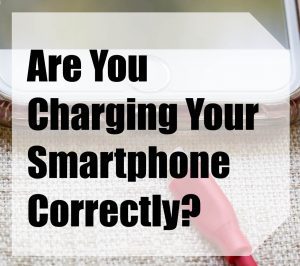The superpowers of a modern smartphone quickly come to an end when it runs out of power. Most modern smartphones have a low power or saving mode when you are without a charger and really need your battery to last an hour or two extra. Aside from that, there are a few tricks for use and charging which allow you to get the maximum life out of your iPhone battery:
Top Up Battery Charging
You may recall a range of articles and guides which discussed battery “memory” and how you should always charge from empty to full to keep teaching them their full capacity or they will forget part of it. While battery memory is a real thing, it only applies to older nickle based batteries. Almost all new smartphone batteries are lithium based and therefore do not suffer from “memory loss”. In fact, to get the most out of a lithium one, you should keep it charged above 50% as much as possible and going to fully empty regularly will dramatically reduce its life.
Additionally it puts stress on the battery being charged all the way to 100% or being left on charge once it is full. Your battery will perform the best when it is taken off charge before it reaches 100%, 80% to 90% is the best.
Apple recommends a full charging cycle be performed (discharging to 0% and then recharging to 100%) once a month to keep calibrated.
Heat Generation
Lithium batteries generate heat when they are being charged so it is actually best to charge them in short bursts of around 10-20% at a time. They also do not like being stores in hot places. At normal household temperatures, a lithium battery will lose about 5% of its capacity in a year but this goes up to around 25% when it is repeatedly left in the sun or a hot car, so its worth taking car of your phone and keeping it cool as far as possible.
Smartphone Storage
If you are going to be storing your phone for anything over a week or two, leave it with at least 40% of its battery capacity before turning it off. Lithium batteries become very unstable when they reach zero voltage and your phone is built to safeguard against this. When your phone says that the battery has 0% capacity, there is actually a built in safety margin. If you leave the phone stored on 0%, it will eat into this safety margin until it is depleted. To avoid a potential explosion or fire when recharging a battery which has been over-discharged, the control circuity is designed to “self destruct”, thereby rendering the battery useless and needing to be replaced.
Avoid Fast Charging
Fast charging sounds great, these charges allow you to fill your battery up by around 50% in 30 minutes when you just don’t have time to waste. While this is great for your schedule, it is not so great for it. Lithium batteries have the best life when they are charged slowly and consistently. It is not usually a problem fast charging your phone occasionally, repeatedly fast charging will certainly reduce its life.
While its easy to do a couple of things to protect your battery, it’s also not worth it to become over protective. Simply avoiding regularly leaving your phone on charge overnight, leaving it in a hot car and keeping it charged above 40% will already go a long way to ensuring you get at least three to five years out of your phone battery. Most of us replace our phones every two to three years anyway.
Share This Post



